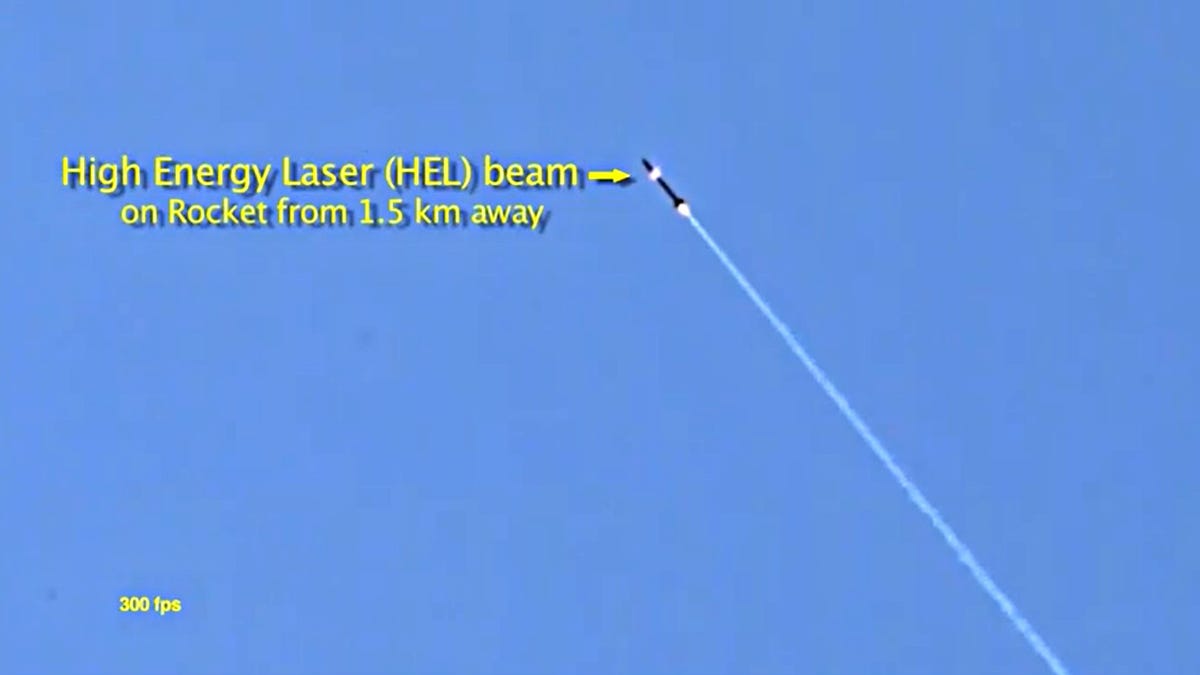Lockheed laser weapon hits its mark again
In a series of tests, the prototype ADAM system destroys a number of targets that the defense contractor describes as "free-flying Qassam-like rockets."

Lockheed Martin's ADAM laser weapon wants to step up its game.
In a series of tests in March and April, the prototype directed-energy system destroyed eight small-caliber rocket targets in flight at a range of approximately 1.5 kilometers (0.9 mile), Lockheed said Wednesday. The defense contractor described the targets as "free-flying Qassam-like rockets," making reference to the simple but deadly projectiles developed by the military arm of the Palestinian group Hamas.
You can see a video of one of those test-firings below.
The 2013 tests follow a series of trials in 2012 when the ADAM (short for Area Defense Anti-Munitions) system took on an unmanned aerial system target in flight at about that same distance, and also zapped a handful of rockets in a simulated flight tethered to a cable just slightly farther away.
ADAM is a fiber laser with a very modest 10-kilowatt capacity, meaning it's best-suited for engaging lightly armored targets at close range. Lockheed puts the destructive range at about 2 kilometers, though it says the tracking system is effective out past 5 kilometers and in "cluttered optical environments."
Against rockets and missiles, laser weapons work by fixing a high-energy beam on the side wall of the projectile for several seconds, heating it up enough to rupture the skin.
The boxy ADAM system doesn't look much like the laser beam weapons of many a science fiction movie. Mounted on its trailer, it would be hard to tell apart from the generators that have accompanied Army battalions into the field for decades, aside from its white paint job.
But looks aren't the selling point. Proponents of laser weapons these days are big on talking up the bargain potential -- all you need, they argue, is a source of electricity, and presto, you have a virtually never-ending supply of "ammo" and a very low cost per shot, especially in comparison to firing off expensive old-school kinetic weapons like anti-missile missiles.
"Our test results demonstrate the capabilities of the ADAM system to provide a practical, affordable directed-energy solution to the real-world problem of close-in threats," Tory Bruno, president of Strategic and Missile Defense Systems, Lockheed Martin Space Systems, said in a statement.
And while Lockheed is talking up the ground-based ADAM -- and apparently hoping to pique the interest of potential customers in Israel, for whenever it moves beyond the prototype stage -- Northrop Grumman has been working on a shipboard laser weapons system called LAWS that the U.S. Navy plans to deploy on the USS Ponce in the Persian Gulf in fiscal year 2014.

